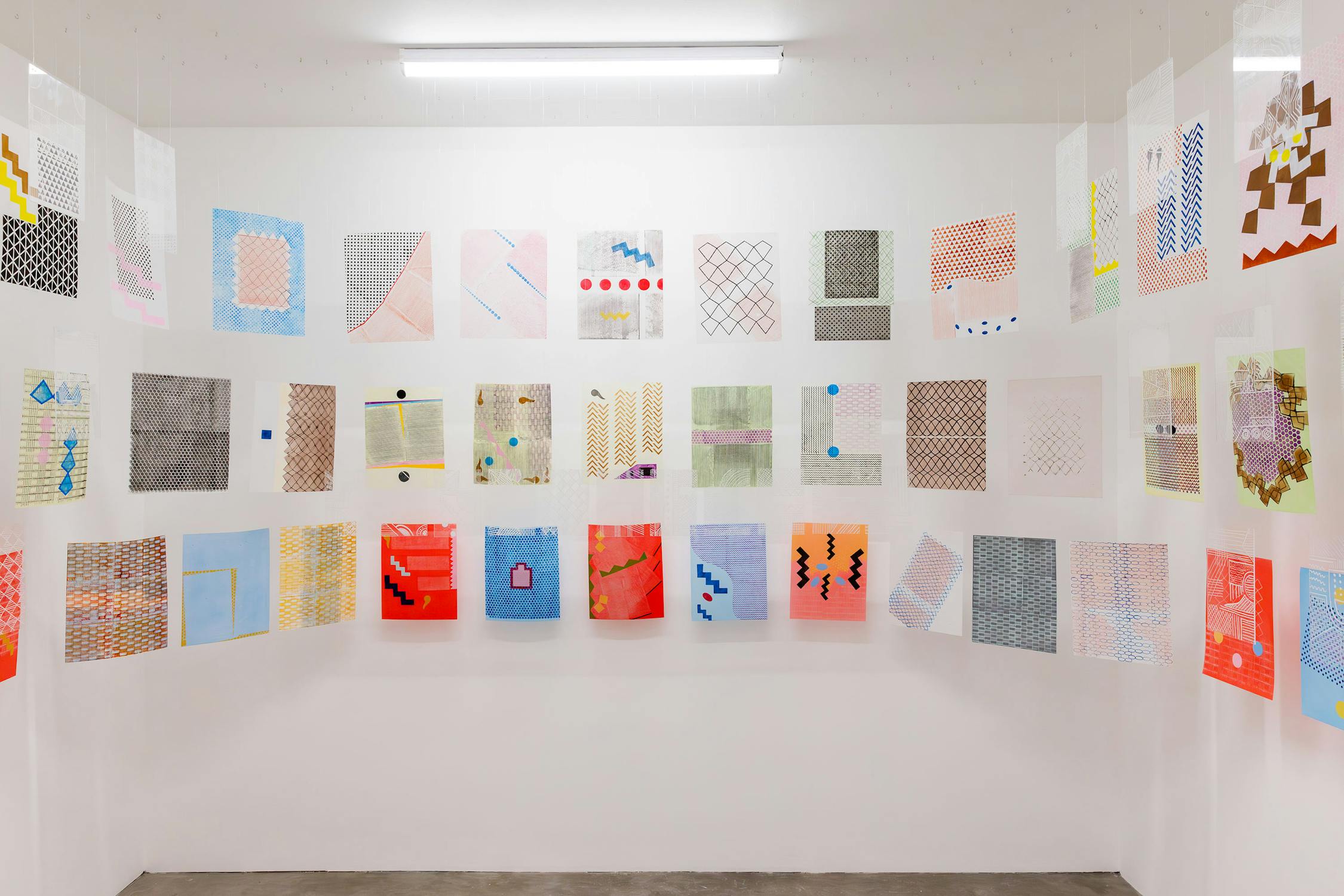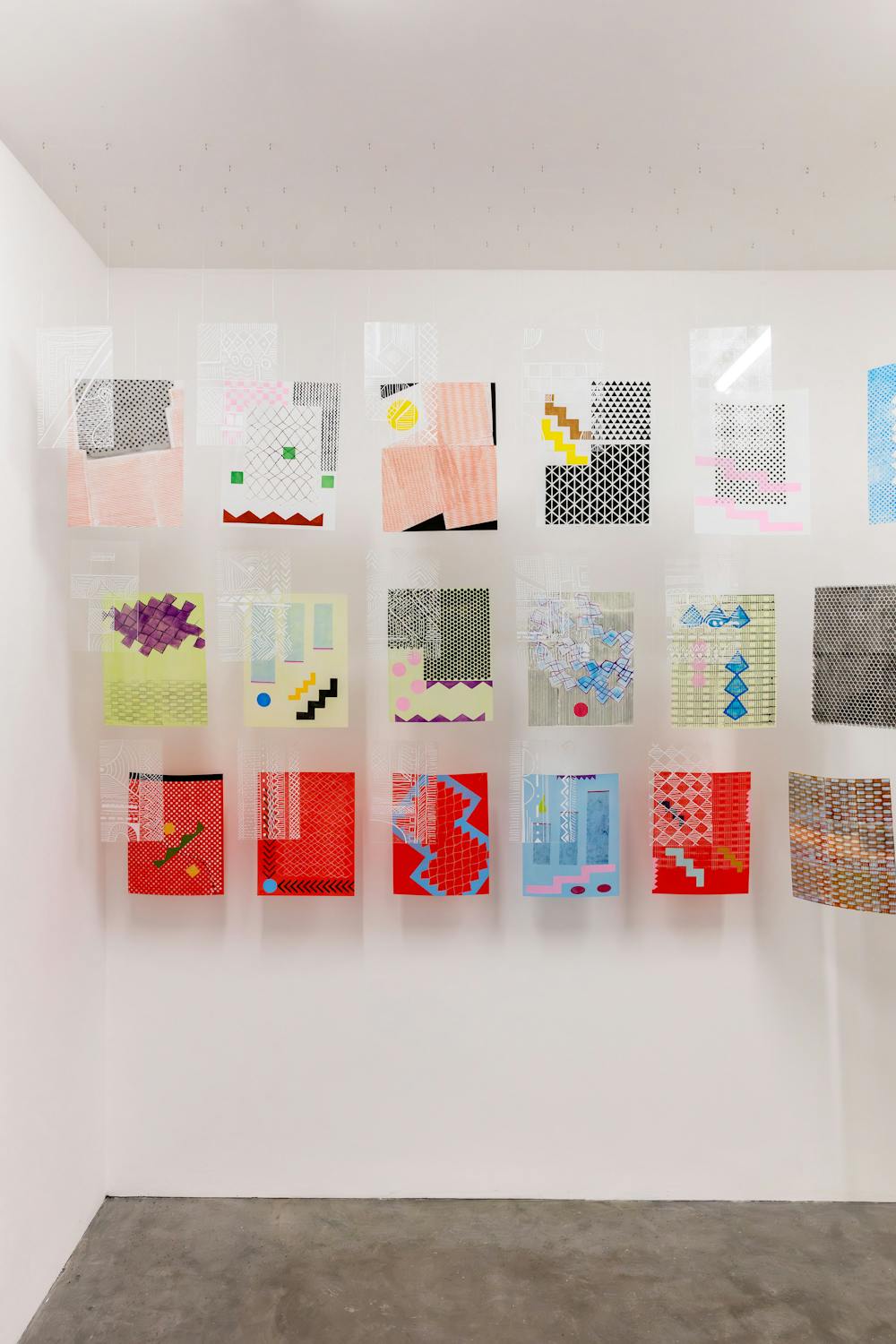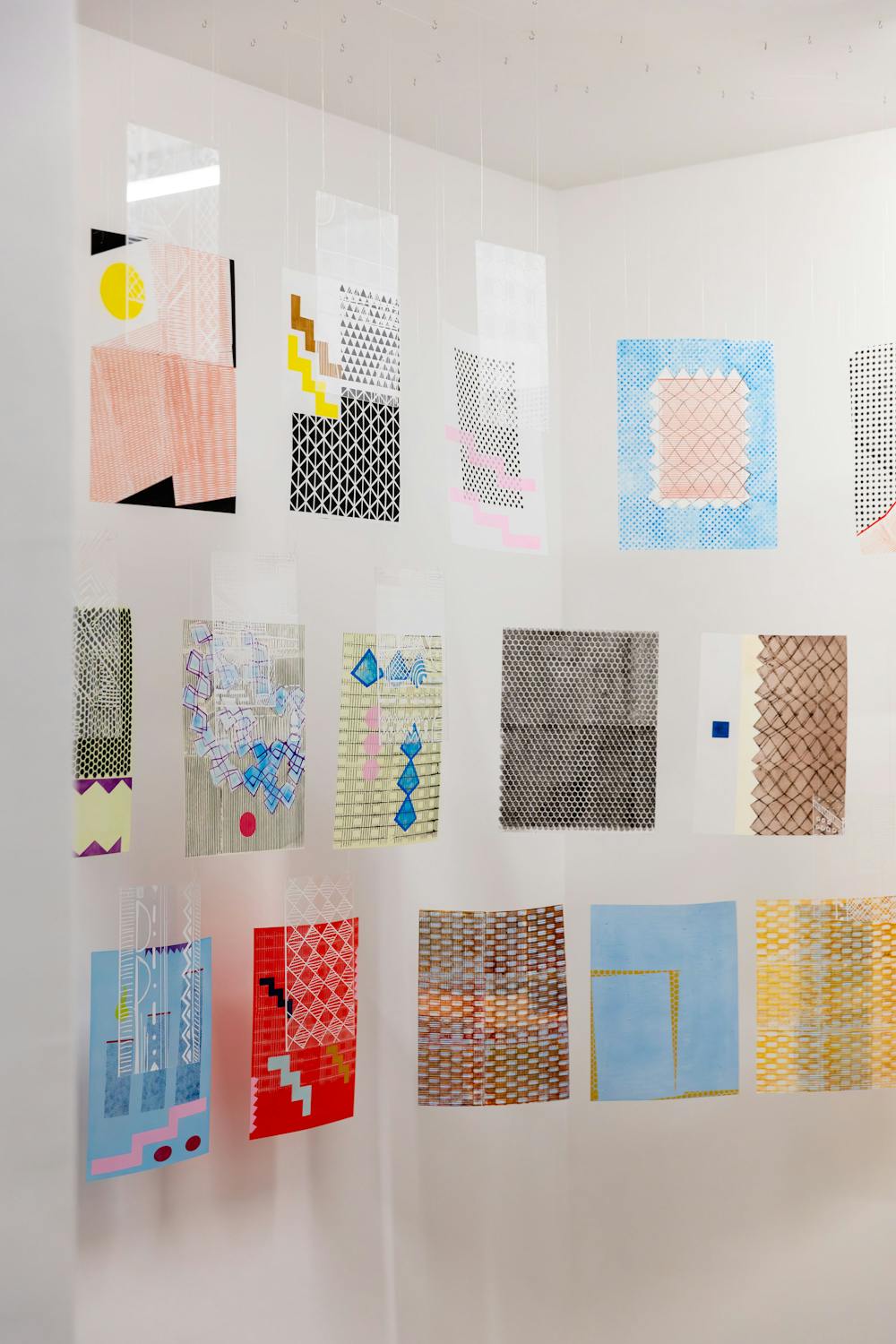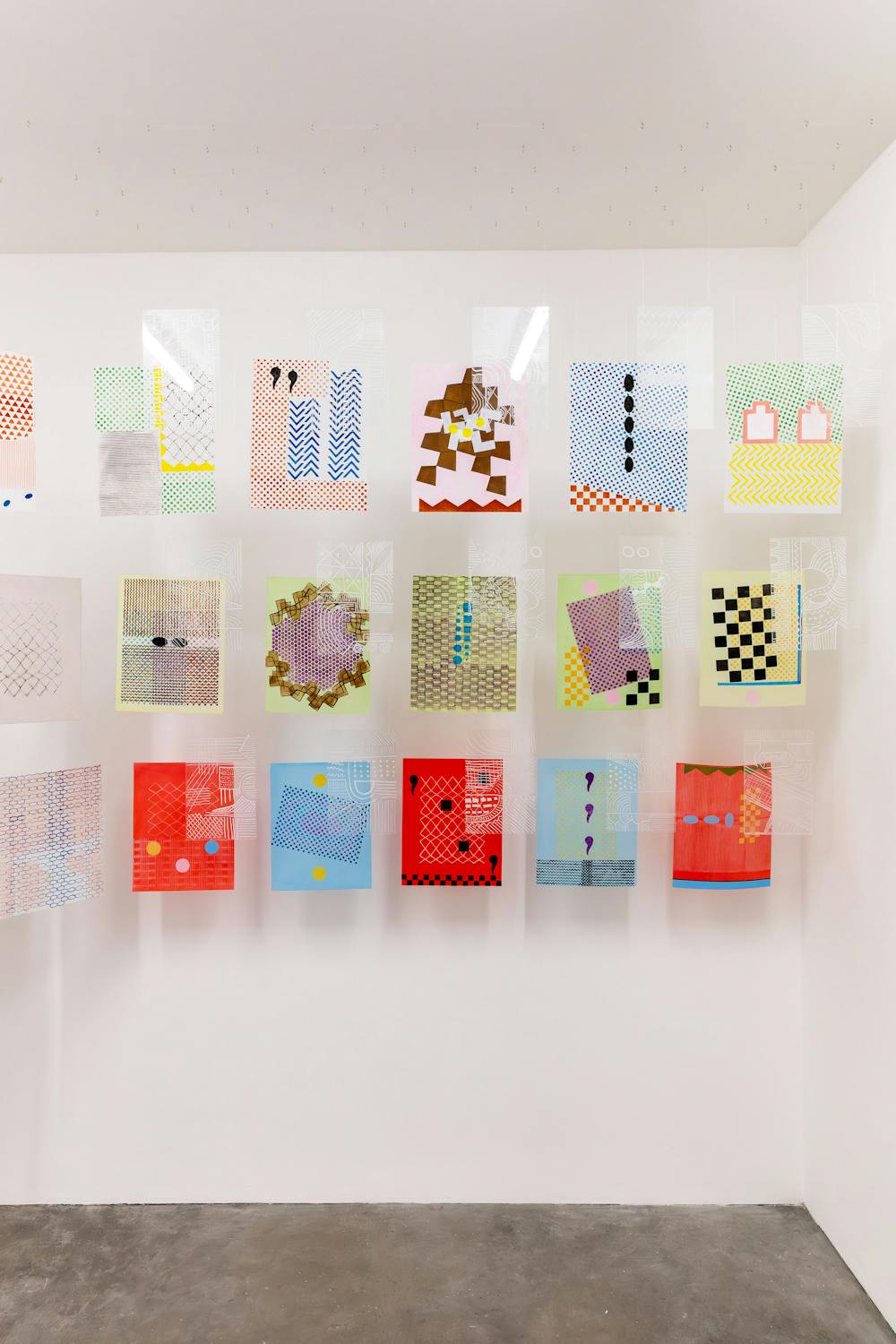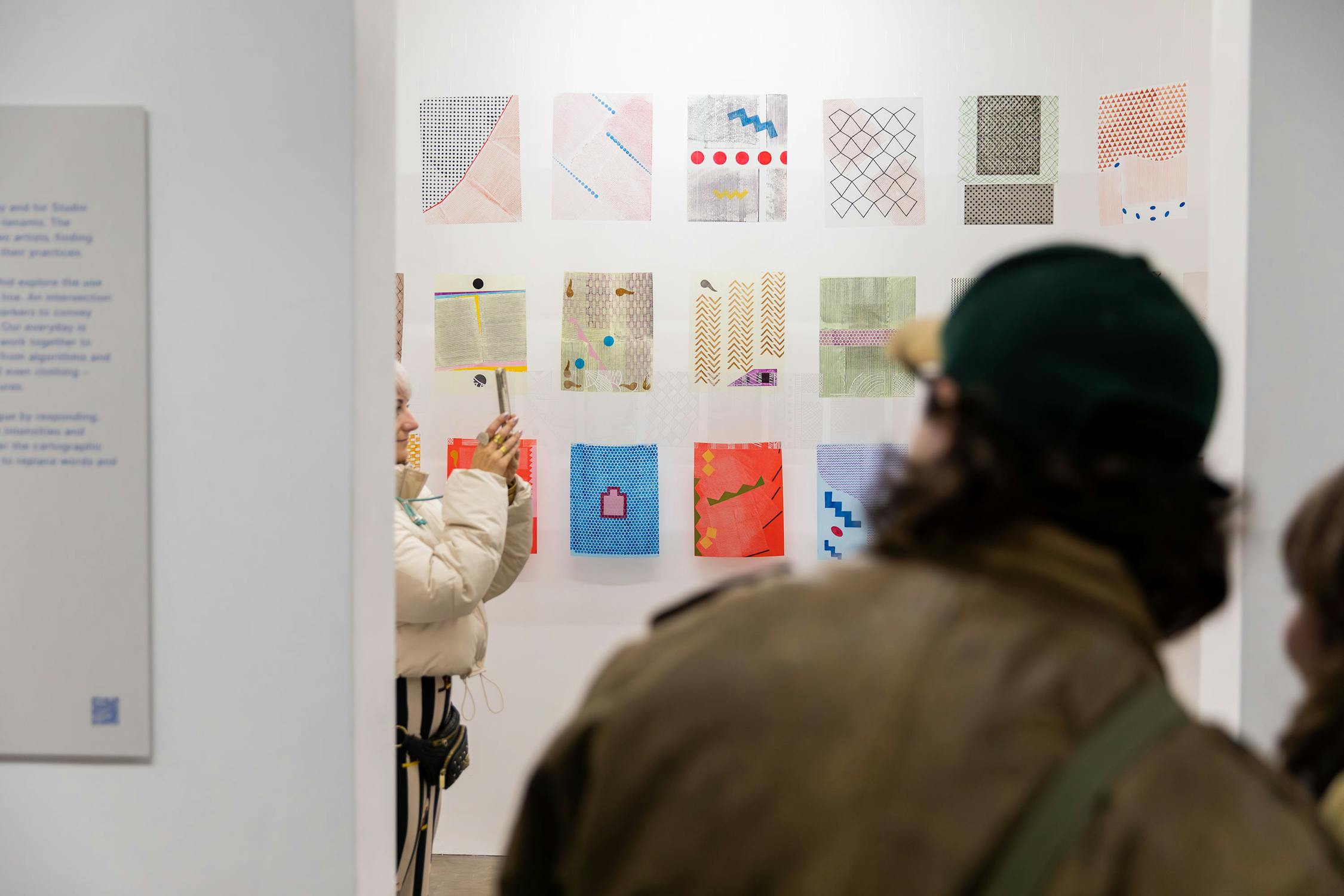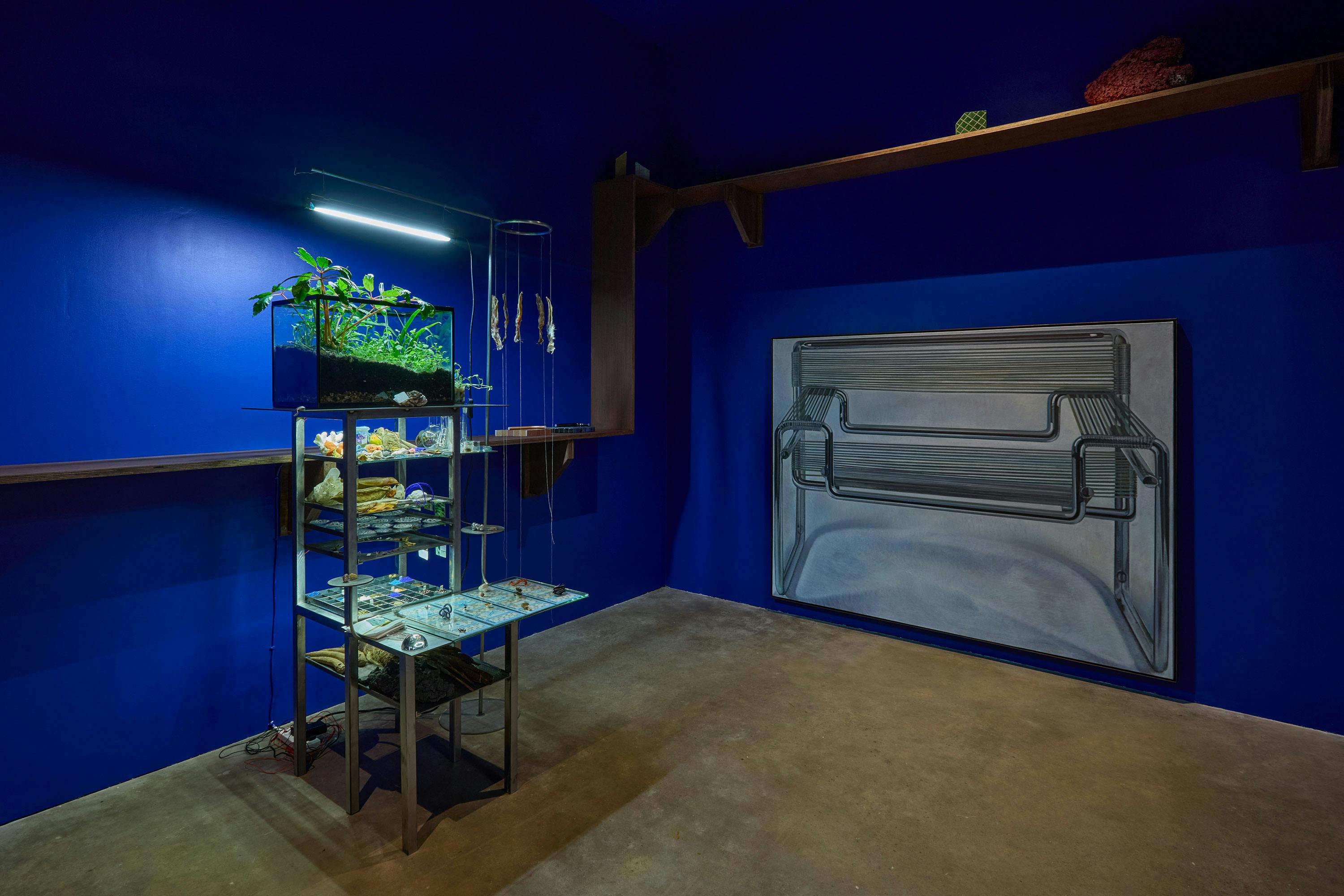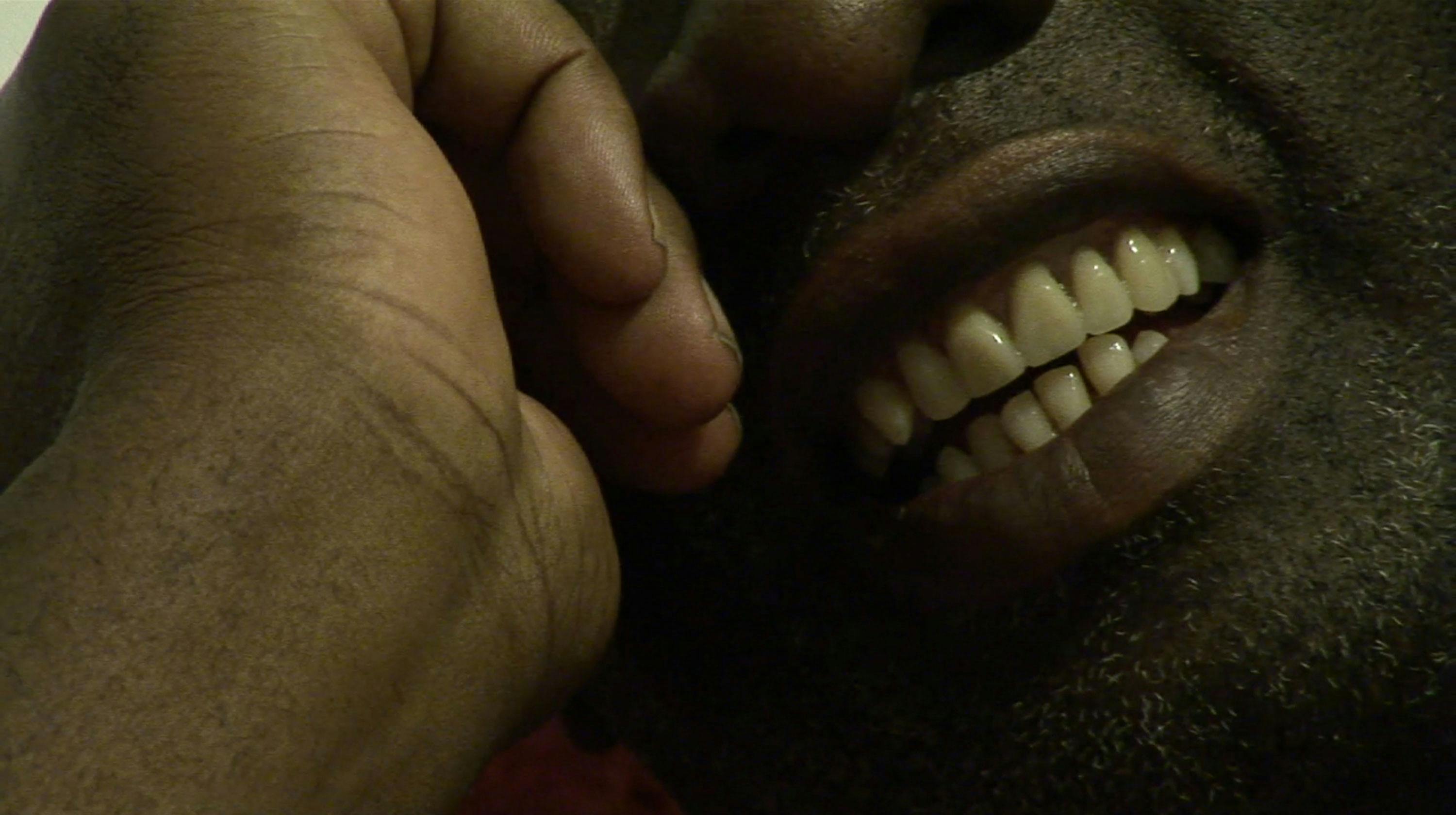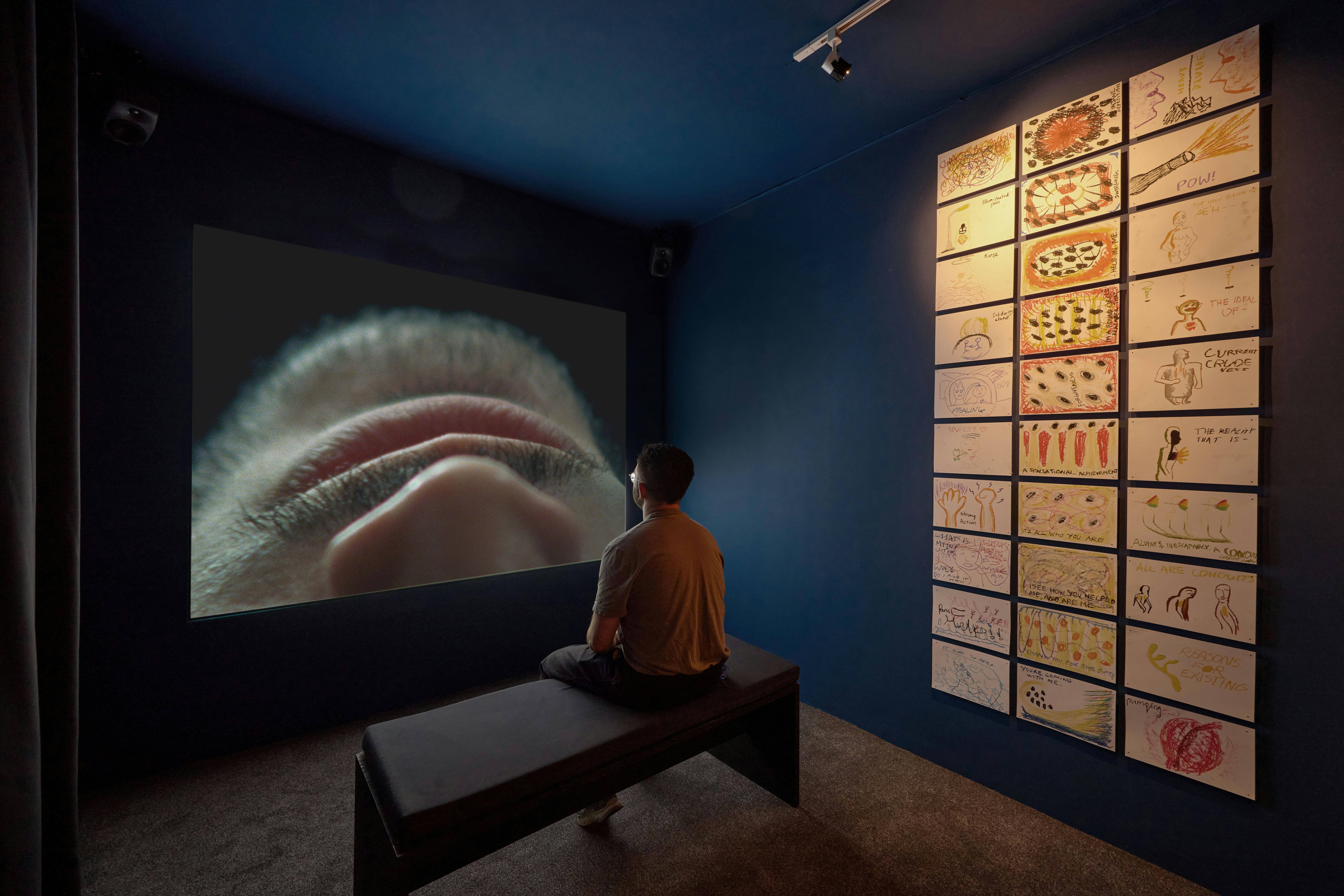Bamidele Awoyemi has an ambition to engage with stories. Those which make our spaces. Those inscribed within our objects. Those which speak to our habits, rituals, and everyday experiences. His Yoruba descent, while being born and based in South London, drives his interests—drawn to how tools and techniques of storytelling can provoke richer insights and infer new meaning.
Through his passion for engaging with the overlaps in different cultures and values, Bamidele has been fortunate to collaborate with different groups, specialists, and communities in the projects he does; playfully shifting between mediums and disciplines to interrogate, speculate, provoke and subvert.
